A year ago this month, scientists from 16 countries, including those from BGI, announced the establishment of the SpatioTemporal Omics Consortium (STOC), an open scientific community focused on using spatially resolved cellular resolution omics technology to map and understand life. Their first studies resulted in state-of-the-art panoramic spatial atlases of life, which were published by Cell Press.
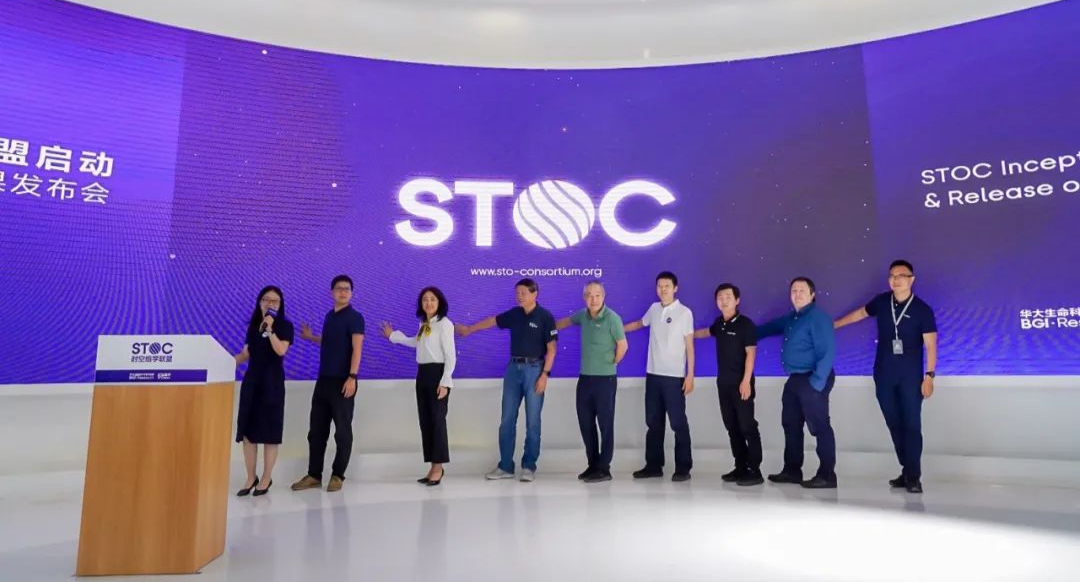
Spatio-Temporal Omics is the latest milestone breakthrough in life science research technology, following microscopy and sequencing technology. Today, more than 260 top scientists from 30 countries have joined STOC and are applying the technology in multiple disciplines including biology, mathematics, physics and chemistry, engineering, and computer science.
Over the past year, BGI Group has cooperated with various institutions to carry out related research in many fields such as organ regeneration, embryonic development, brain science, and cancer, with the results published in journals such as Cell, Nature and Science.
To celebrate the first anniversary of STOC, we look back at some of the enormous scientific achievements of the past year using Spatio-temporal Omics technology:
Understanding the Structure of Life
Understanding how life is structured has important implications for our understanding of mankind. Take the brain as an example. At present, there are many severe brain diseases, such as autism in childhood, depression in middle age, and degenerative diseases in old age (such as Alzheimer's disease, Parkinson's disease, etc.). These diseases have caused a serious social burden.
Academician POO Muming, a well-known neurobiologist and core member of STOC, believes that to truly understand the complexity of the brain, we must first understand the structure. Compared with other omics technologies, Spatio-temporal Omics solves the problem of the spatial distribution of cells in tissues and their changes over time, which is a major advance in the promotion of brain science and brain disease research.
In addition to related research in brain science, Spatio-temporal Omics has also been applied to understand the life structure of different species. BGI-Research cooperated with Southern University of Science and Technology and others to construct a 3D spatio-temporal development map of the late embryo and larvae of the model organism Drosophila, identifying the spatial subregions of the developing Drosophila mid gut, and analyzing the fate of larval testicular cell changes. It was published in Developmental Cell as one of the first results of the consortium.

Exploring Individual Organism Development
The human body is made up of 37 trillion cells, which is 100 times the number of stars in the Milky Way. In the past, however, little was known about how these cells form a complex living organism. Space-time omics technology is changing all this. It is like having a "life camera" with both an ultra-wide-angle lens and an intensity of tens of billions of pixels, which can completely "photograph" the genetic information and spatial location of each cell in the tissue. STOC members have used the technology to study embryonic development and organ regeneration.
Spatio-temporal Omics technology has enabled scientists to record how mice develop complex organs step by step within the uterus. The results will provide important data for mammalian development research, and provide a better understanding of embryonic growth and organogenesis. This will potentially assist scientists researching birth defects. In May 2022, the results were published in Cell as a cover article.
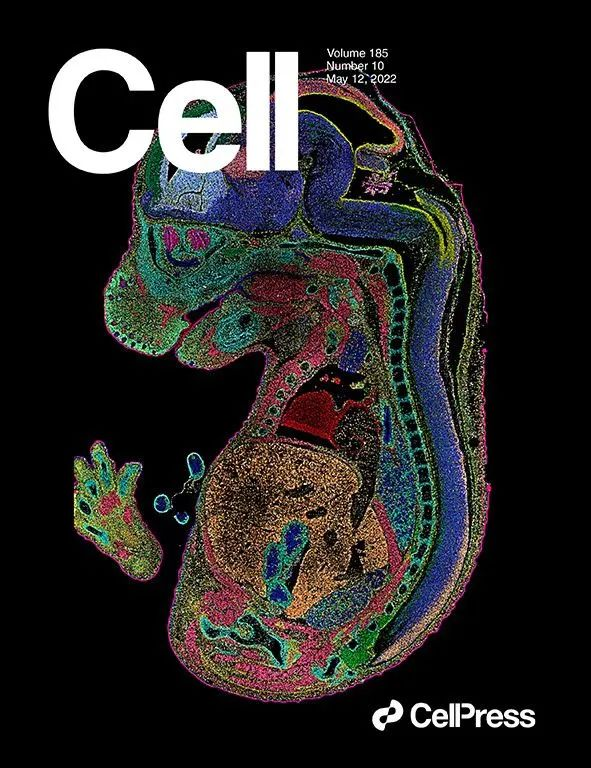
In addition to studying the development of mouse embryos, the STOC consortium also explored the regeneration process of salamander brains, with a view to helping the development of human regenerative medicine in the future.
In this study, scientists first explored how the salamander brain develops. Through Spatio-temporal Omics technology, scientists "photographed" the spatio-temporal map of six important periods of salamander brain development. Immediately afterwards, the team performed mechanical injury surgery on the cortical area of the salamander brain, and recorded the process of the salamander brain from injury to regeneration completion at 2, 5, 10, 15, 20, 30 and 60 days after the injury. By comparing the two stages, scientists found that the formation process of neurons is highly similar in salamander brain development and regeneration. They speculate that brain injury induced the reverse transformation of salamander neural stem cells, returning them to the youthful state of development to initiate the regeneration process.
In September 2022, the spatio-temporal map of salamander brain regeneration was published in Science in the form of cover articles.
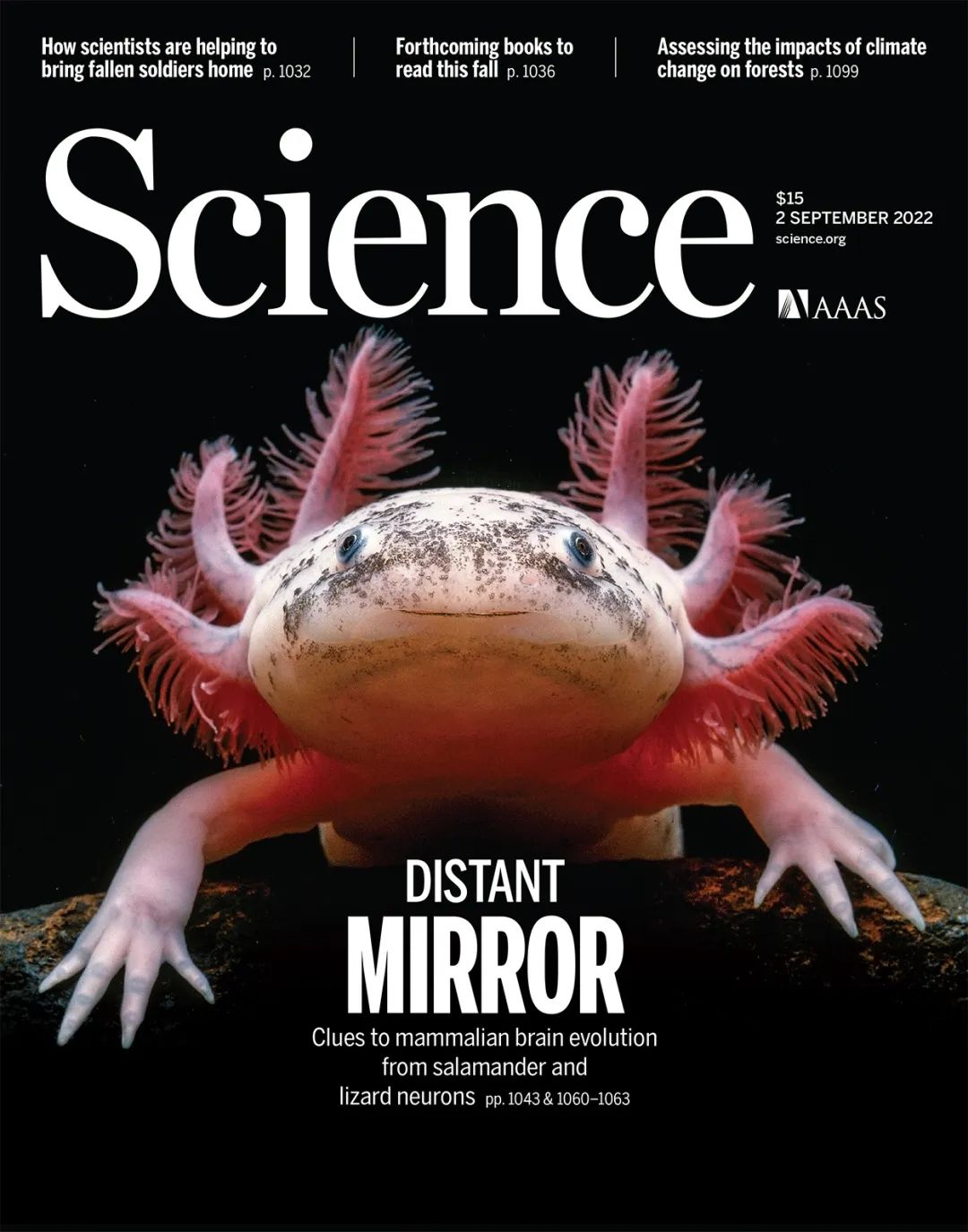
In addition, BGI, together with Huazhong Agricultural University and others, conducted research on zebrafish embryos at 3.3h, 5.25h, 10h, 12h, 18h, and 24h after fertilization, and for the first time drew the spatiotemporal transcriptome map of the early development of the embryos and published the results in Developmental Cell in May 2022.
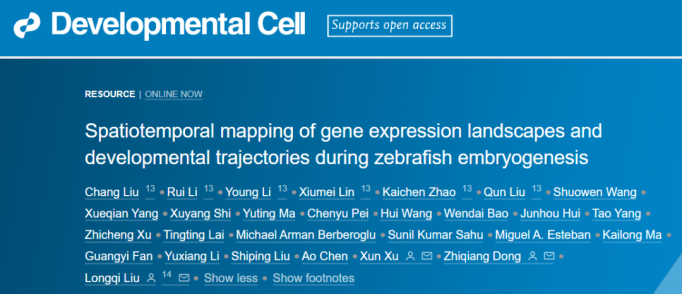
Helping Disease Diagnosis & Treatment
Cancer is one of the leading causes of morbidity and death worldwide. According to data released by the International Agency for Research on Cancer (IARC) of the World Health Organization in 2021, it is estimated that in 2040, the global cancer burden will increase by 50% compared with 2020, and new cancer cases will reach nearly 30 million.
At present, the method of cancer diagnosis is mainly through imaging examination combined with pathological diagnosis. However, these methods still lack the theoretical basis for predicting the progression of early precancerous lesions, and face problems such as how to form effective solutions after detection.
The emergence of Spatio-temporal Omics technology has given scientists a better understanding of how tumors progress, and their key cell types, characteristics and regulation methods. Together, these provide a theoretical basis and direction for cancer diagnosis, monitoring and treatment. At present, members of the STOC have conducted related explorations on skin cancer, liver cancer, rectal cancer and other high-incidence cancers.
Melanoma has always been an important challenge to global cancer research and public health due to its high heterogeneity and variability. Professor Chris Marine from the VIB Cancer Biology Center in Leuven, Belgium, and a member of STOC, led a team to identify a limited number of pathogenic genes in melanoma that can effectively support tumor growth by using joint analysis methods including spatio-temporal omics. The research results were published in Nature in September 2022.
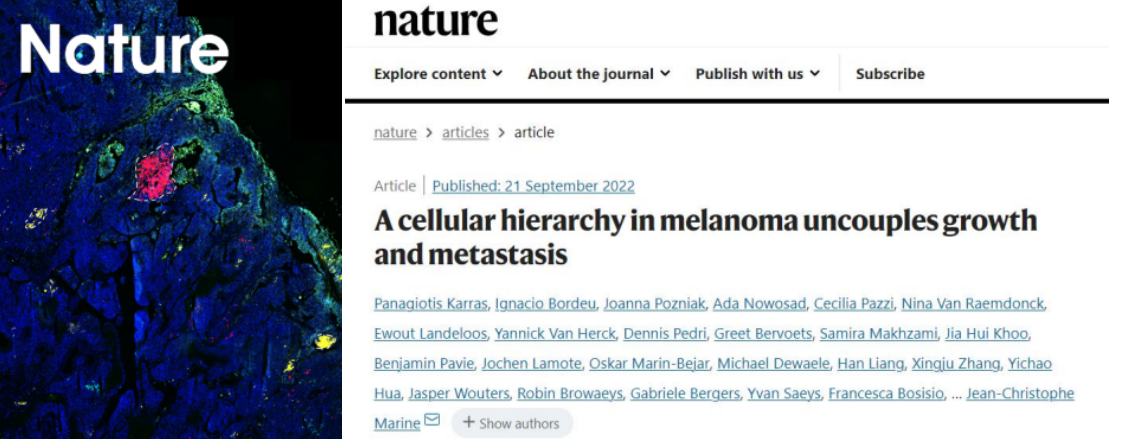
Another STOC member, Dr. Ankur Sharma of the Harry Perkins Institute of Medical Research, has been researching the human liver to understand the billions of cells the liver contains and how they interact with each other. This will help scientists learn more about how cancerous tissue form.
Spatio-temporal Omics technology can detect more than 25,000 genes at the same time, and show scientists the changes in genes with unprecedented precision. This will allow scientists to accurately classify cancers by gene expression, cell type, and cellular microenvironment, defining subtypes of each cancer for precise detection.
Colorectal cancer is an important intestinal malignancy, and STOC members have also observed it through space-time omics technology. Scientists found that there are different regions in colorectal cancer, and there is a very large number of copies of genes related to mucosal epithelial cells, which are located in a very specific local region. In this local area, the immune response is very active, and antigen-presenting molecules and immune chemokines are highly expressed.
In the future, with the further development of Spatio-temporal Omics technology, there is the potential to directly capture intestinal microecology, helping scientists to solve the composition and distribution of intestinal microecology, as well as the relationship between intestinal microbes and hosts.
Unraveling the Mysteries of the Evolution of Life
From ancient times people have put forward various theories about the origin and evolution of species. Today, through space-time omics techniques, we have the opportunity to answer fundamental scientific questions related to the evolution of life.
BGI-Research and others have used Spatio-temporal technology on plants, aiming at the characteristic of plant samples having cell walls, and applying it to model plant simulations. The Arabidopsis study first mapped the spatial transcriptome map of at the single-cell level, and analyzed the transcriptome characteristics of upper and lower epidermal cells, palisade cells, and sponge cells in detail, overcoming the long-term inability of researchers to identify highly similar cells in leaves. The results were published in Developmental Cell in May 2022.
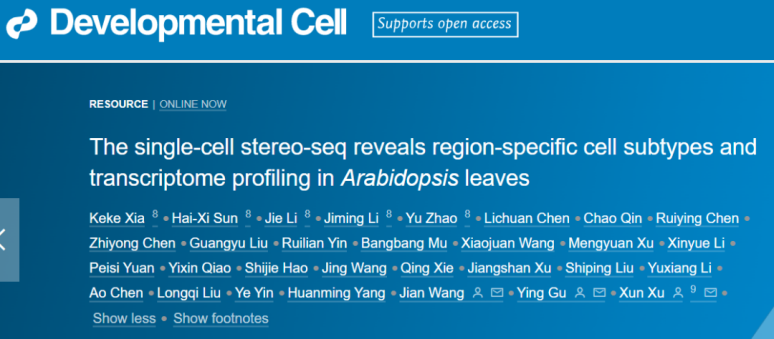
--------
These are just of the achievements that this new technology has helped bring about in the past year. In the future, STOC scientists will further leverage its multidisciplinary and multifield advantages and share data with fellow scientists. Through the global cooperation of science and technology, BGI Group will work with researchers globally to answer thew ultimate question of mankind.



